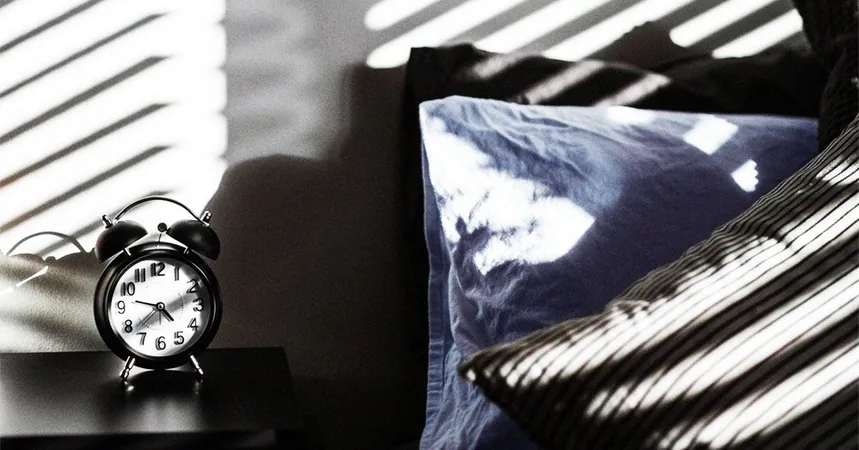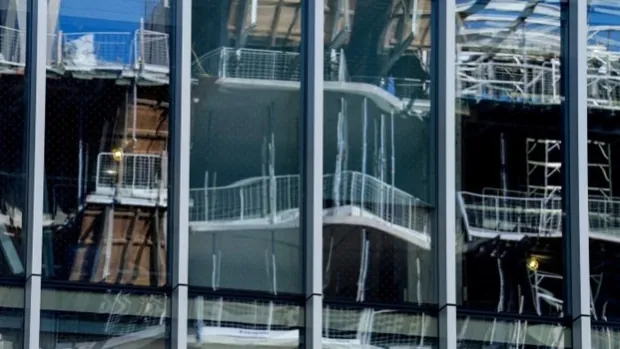
Britain to Eliminate Hereditary Peers from the House of Lords – A Historical Journey to Reform!
2024-09-23
In a historic move, the UK government is finally acting on its pre-election promise to abolish hereditary peers from the House of Lords. The impending passage of the House of Lords (hereditary peers) bill marks the end of an age-old tradition that has been a cornerstone of British aristocracy for centuries.
The Hereditary Peers: A Brief Overview
Hereditary peers are individuals who inherited their titles and the right to sit in the upper chamber of Parliament—an institution with deep historical roots. The genesis of the House of Lords can be traced back to the original English parliament, which was an advisory body to the monarch, comprised of powerful nobility and clergy. Initially, membership was fluid, with no guarantee of re-invitation. However, the hereditary principle gradually took hold, solidifying a system where noble titles and the rights to participate in Parliament would routinely pass from one generation to the next.
Historical Concerns and Early Attempts at Reform
The anxieties regarding the House of Lords are nothing new. As early as the reign of Charles I, concerns about the growing size of the chamber and the proliferation of peerages emerged, hinting at systemic issues that continue to resonate today. The proposal to cap the size of the House of Lords dates back to 1719, but significant reform wouldn’t take shape until the late 19th century.
In the period of reform, prime ministers like William Gladstone took strides to diversify the peerage. By awarding titles to notable figures from various professions beyond traditional landed interests—such as artists, surgeons, and diplomats—these reforms sought to introduce expertise into the House of Lords.
Nevertheless, the hereditary nature of titles created challenges, often leading to an over-populated chamber where seats did not become vacant following a peer’s death.
The Shift Towards Life Peerages
The growing demand for reform was finally recognized with the Life Peerages Act of 1958, allowing for the introduction of life peerages—titles that could not be inherited. This shift saw a dramatic reduction in the creation of new hereditary peerages. Interestingly, despite these reforms, by 1957, half of all peers in the House were still beneficiaries of 20th-century creations, showcasing how ingrained hereditary titles had become in British political life.
Female representation in the House of Lords also saw changes post-1958. It wasn't until 1963 that women could inherit titles not limited to male successors, paving the way for a more inclusive House.
The Blair Reform and Recent Developments
The most significant attempt at reform came with Tony Blair’s government in 1999, which aimed to remove all hereditary peers. While over 600 left, a compromise resulted in 92 being allowed to remain, leading to a unique system of by-elections limited to hereditary peers. This peculiar system has continued, leaving a small group of 88 hereditary peers—100% male—in the House today, predominantly from the Conservative party.
The Future of the House of Lords
The passage of the current bill not only reflects a long-overdue modernization of the House of Lords but also represents a shift towards a more egalitarian political environment. The removal of hereditary peers could significantly alter the dynamics within the chamber, promoting unity and expertise over aristocratic lineage.
As Britain's political landscape continues to evolve, this landmark decision promises to reshape the role of the House of Lords. Stay tuned as we keep you updated on this unfolding story and what it means for the future of governance in Britain!









 Brasil (PT)
Brasil (PT)
 Canada (EN)
Canada (EN)
 Chile (ES)
Chile (ES)
 España (ES)
España (ES)
 France (FR)
France (FR)
 Hong Kong (EN)
Hong Kong (EN)
 Italia (IT)
Italia (IT)
 日本 (JA)
日本 (JA)
 Magyarország (HU)
Magyarország (HU)
 Norge (NO)
Norge (NO)
 Polska (PL)
Polska (PL)
 Schweiz (DE)
Schweiz (DE)
 Singapore (EN)
Singapore (EN)
 Sverige (SV)
Sverige (SV)
 Suomi (FI)
Suomi (FI)
 Türkiye (TR)
Türkiye (TR)